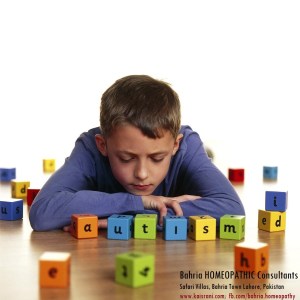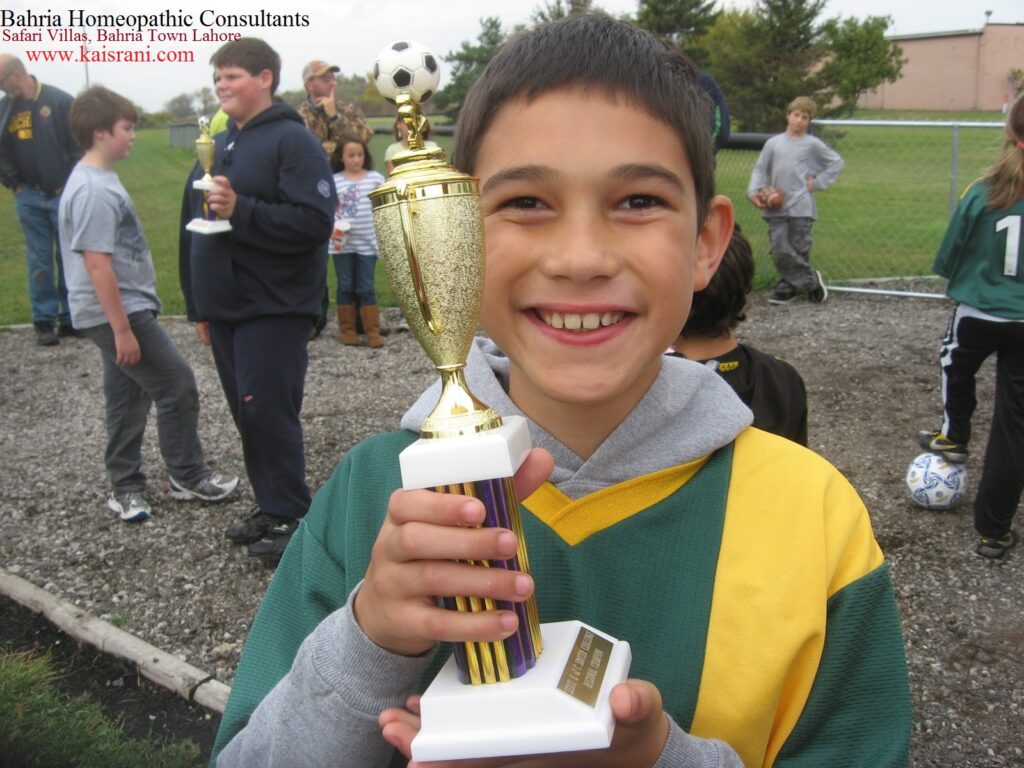Introduction
This guide is written to help patients, parents, and carers better understand the terminology related to Autism Spectrum Disorder (ASD), ADHD, and associated treatments referenced in the work of specialist homeopathic consultant Dr Hussain Kaisrani. It explains the terms in an accessible way and highlights how homeopathy, including Dr Kaisrani’s approach, differs from conventional medicine.
Acute illness
A self‑limiting, short‑lived condition, typically lasting only a few days to a couple of months.
Aggravation
A temporary worsening of existing symptoms after taking a homeopathic medicine.
Allopathic (conventional) medicine
Mainstream Western medicine that uses substances different from the symptoms to achieve healing—unlike homeopathy.
Alternative medicine
Safe, natural healing methods such as homeopathy, naturopathy, chiropractic, acupuncture and botanical medicine.
Antihypertensive drugs
Used to lower blood pressure and sometimes prescribed for hyperactivity, Tourette’s syndrome or aggressive behaviour in children.
Anti‑anxiety medication / Antidepressants / Antipsychotics / Mood stabilisers / Anti‑epileptic drugs
Prescription pharmaceuticals commonly used for anxiety, depression, psychosis, mood instability or seizure control, but often accompanied by serious side effects.
Amphetamines (e.g. Ritalin, Dexedrine, Adderall) / Stimulant medication
Drugs that stimulate the nervous system used in ADHD but associated with dependency and side effects.
ADHD / ADD
A neurodevelopmental condition presenting with inattention, hyperactivity and/or impulsivity.
Asperger’s syndrome
A form of autism marked by social and communication difficulties, restricted interests and repetitive behaviours.
Autism (including Pervasive Developmental Disorders)
A spectrum of conditions characterised by challenges in social interaction, communication, ritualistic behaviours and restricted interests.
Disruptive behaviour disorder / Oppositional‑defiant disorder / Tourette syndrome / Tic disorders
Behavioural or neurological conditions involving defiance, tics or uncontrollable movements or sounds.
Obsessive‑compulsive disorder (OCD) / Phobias
Conditions involving intrusive thoughts and ritualised behaviours (OCD) or irrational fears (phobias).
School avoidance (S.A.D.) / School refusal behaviour
Fear‑based refusal to attend school.
Sensory integration disorder
An inability to process sensory input normally, leading to behavioural and emotional responses.
Developmental disability
Long‑term physical or mental developmental delays, previously referred to as mental retardation.
Gifted children
Children identified with above‑average intelligence or learning ability.
Homeopathy‑Related Terms
Homeopathy / Homeopathic medicine
Based on the Law of Similars; ‘like cures like’; where tiny doses of a substance produce healing effects in someone exhibiting similar symptoms.
Classical, constitutional & single remedy prescribing
Approaches where one carefully selected homeopathic medicine is given based on a person’s totality of symptoms, followed over time to address root causes.
Combination medicine
Homeopathic preparations containing more than one remedy at once.
High potency & low potency remedies
High potency (200C+) versus low potency (30C or below), depending on dilution and succussion.
Minimum dose
The smallest amount of medicine required to stimulate healing.
Potency & potentisation
The remedy’s strength based on successive dilutions and succussions.
Succussion
The vigorous shaking process between dilutions, believed to activate the remedy.
Law of Similars
The principle that a substance producing symptoms in a healthy person can cure similar symptoms in a sick person.
Miasms
Inherited or acquired predispositions underlying chronic disease.
Materia medica / Repertory
Reference works that catalogue symptoms associated with each remedy (materia medica), and list remedies by symptom (repertory).
Proving / prover
The homeopathic process of testing a substance on healthy volunteers to document its effects.
Classical Homeopathy case‑taking
A modern approach focusing on the patient’s lived experience and emotional tone to guide remedy selection.
Case‑taking & chief complaint
The in‑depth interview to establish the main issues initiating a homeopathic consultation.
Symptom picture / Totality
A complete snapshot of physical, mental and emotional symptoms—the basis for remedy choice.
Constitutional treatment
A full‑person approach involving detailed case‑taking and follow‑up to restore balance.
Defense mechanism / Vital force
The body’s natural healing energy, supported through homeopathy to maintain harmony and health.
Antidote / Relapse / Return of old symptoms
Concepts in homeopathy where certain influences hinder progress or previously dormant symptoms reappear as the body heals.
Relationship with Homeopathic Philosophy & Dr Kaisrani’s Approach
Dr Kaisrani follows a constitutional, classical homeopathic method. He selects a single remedy matched to the total symptom picture; mental, emotional and physical; guiding the vital force toward balance. Through careful case‑taking, use of the all methods in homeopathy, consideration of modalities and miasms, he seeks the simillimum: the best remedy for each individual.
He avoids high‑risk pharmaceuticals commonly used in allopathic practice for conditions like ADHD or autism; such as stimulants, antipsychotics, mood stabilisers and antidepressants; unless absolutely needed. Instead, he aims for long‑term, gentle homeopathic healing that is non‑toxic and safe, especially for children.
About the Author
Dr Hussain Kaisrani is a specialist homeopathic consultant with extensive experience in treating children and adults with neurodevelopmental and behavioural conditions. He combines thorough classical case‑taking with cutting‑edge methods approach to tailor constitutional remedies. He is committed to safe, natural and non‑invasive treatment and has helped many families find lasting benefits through homeopathy.



